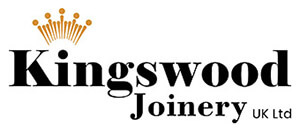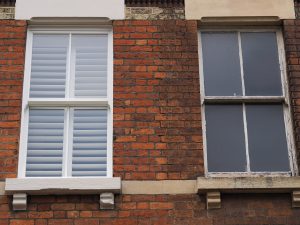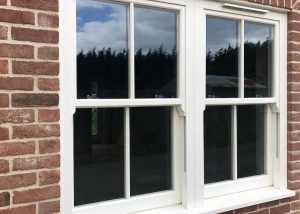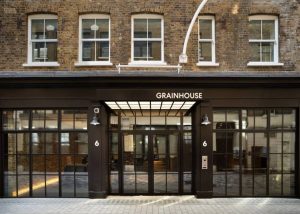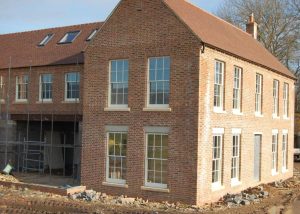Facts about Marylebone
Marylebone General Info
Marylebone is an area in the West End of London, in the City of Westminster. Oxford Street, Europe’s busiest shopping street, forms its southern boundary. Originally an ancient parish and latterly a Metropolitan Borough, it merged with the Metropolitan Boroughs of Westminster and Paddington to form the new City of Westminster in 1965.
Also home to the historical Nottingham Place. It is characterized by its ornate red buildings, leading up to Marylebone Road. Most recently, in 2017–18, Number 28 was home to notable Indian artists, musicians, diplomats, and all-around Renaissance men. Their tenure was prematurely cut short. Wimpole Street runs from Henrietta Place north to Devonshire Street. Becoming Upper Wimpole en route – the latter where Arthur Conan Doyle opened his ophthalmic practice at number 2 in 1891.
History
Marylebone gets its name from a church dedicated to St Mary, represented by St Marylebone Parish Church. The original church was built on the bank of a small stream or “bourne”, called the Tybourne or Tyburn. This stream rose further north in what became Swiss Cottage. Eventually running along what became Marylebone Lane, which preserves its curve within the grid pattern.
Early in the 13th century it was held by Robert de Vere, 3rd Earl of Oxford. At the end of the 15th century, Thomas Hobson bought up the greater part of the manor. In 1544 his son Thomas exchanged it with Henry VIII, who enclosed the northern part of the manor as a deer park.
